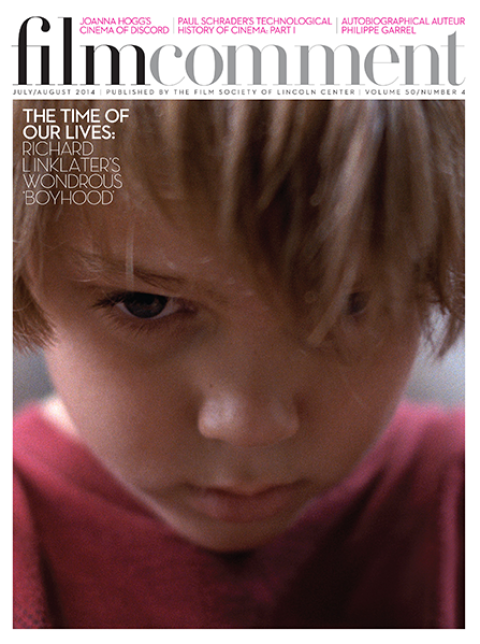
Jean Epstein’s reputation in the U.S. has largely rested on The Three-Sided Mirror (27) and The Fall of the House of Usher (28) and they remain his best-known films. Both are great, but hardly tell the full story of this important artist. A more complete picture of Epstein can now be seen thanks to a beautiful box set of 14 features and shorts, most transferred from restored 35mm prints held at the Cinémathèque française. Mirror and Usher are Epstein’s most overtly avant-garde films and conveniently fit within the broad narrative of French experimental cinema: they mark him, more so than his other films, as an adherent of French Impressionism, a loose grouping of intellectual filmmakers in 1920s France (including Germaine Dulac, Abel Gance, and Marcel L’Herbier) who privileged specific plastic and formal elements of filmmaking in their works.
Epstein did not arrive at this modernist avant-gardism fully formed, though, as is evidenced by his earlier narrative features. Here we see him exploring various Impressionist tactics (multiple exposures, slow and fast motion, oblique camera angles, out-of-focus or otherwise diffuse shots), but using them to punctuate solid but fairly conventionally structured films—they are not yet fully integrated as they are in Mirror and Usher. What is more striking in these films—Le Lion des Mogols (24), Le Double amour (25), Mauprat (26), and Six et demi, onze (28)—is Epstein’s use of space, particularly his framing of characters in long shot, swallowed up by large, cavernous interiors or expansive outdoor locations.
The relationship of character to surroundings is very different in the Breton films he began in 1929 and with which he would continue to the end of his career. Shot in Brittany and its outlaying islands, these are immensely personal works, and it shows. As good as most of his early features are and as great as Mirror and Usher are, here Epstein reached another level. The formal elements of the Brittany films are entwined with theme and story in a way that is absolute—there is no possibility of teasing them apart. Epstein again places characters within large vistas, but here they merge with the landscape, becoming an indivisible part of the world around them, their lives bound up with their environments. Epstein’s style in these films—especially in two astonishing masterpieces from this chapter in his filmmaking, Finis Terrae (29) and Le Tempestaire (47)—is more subtle. It quietly destabilizes what we see, throwing things slightly off-kilter, in a way that reflects the always-present unpredictability of nature. It is this simplicity of form, combined with the pared-down narratives and a focus on elemental themes, that gives these films such power.
All of the titles in the box set come with English subtitles; and aside from a 2011 feature documentary about Epstein by James June Schneider, the many bonus features (interviews, audio commentary) do not. The 158-page book that accompanies the discs is also French-only—but it is so lavishly illustrated that it matters little. An important, glorious, long-overdue release.








